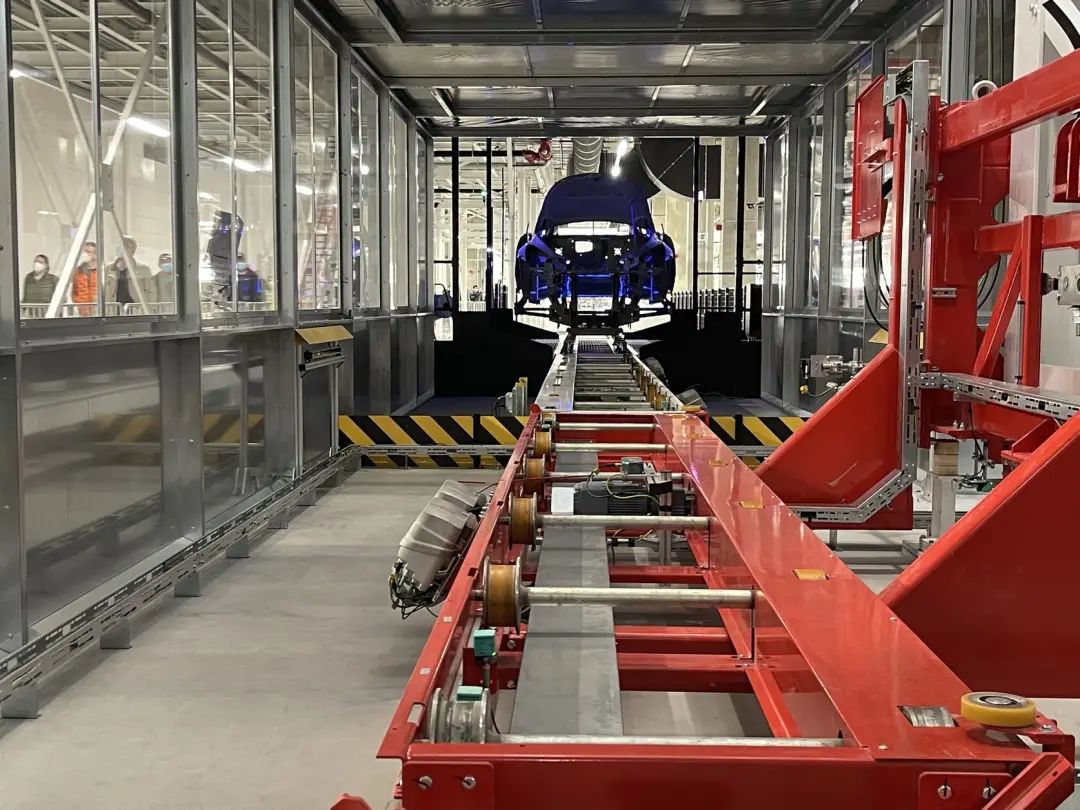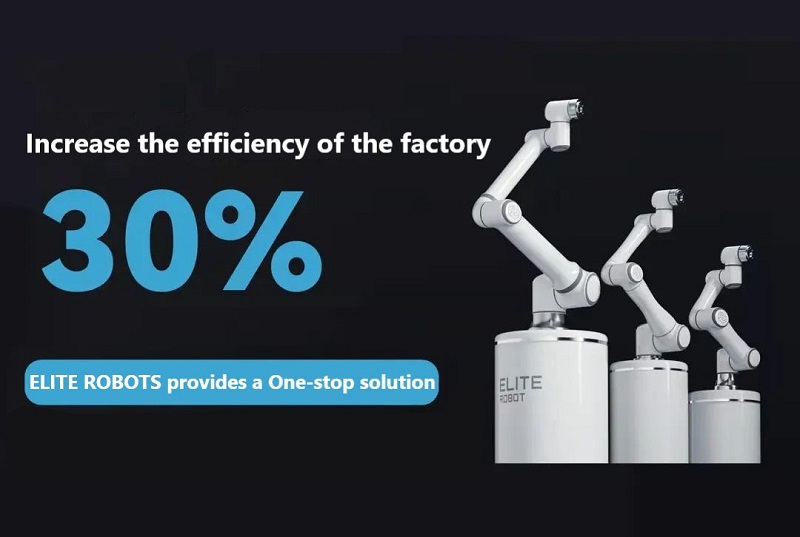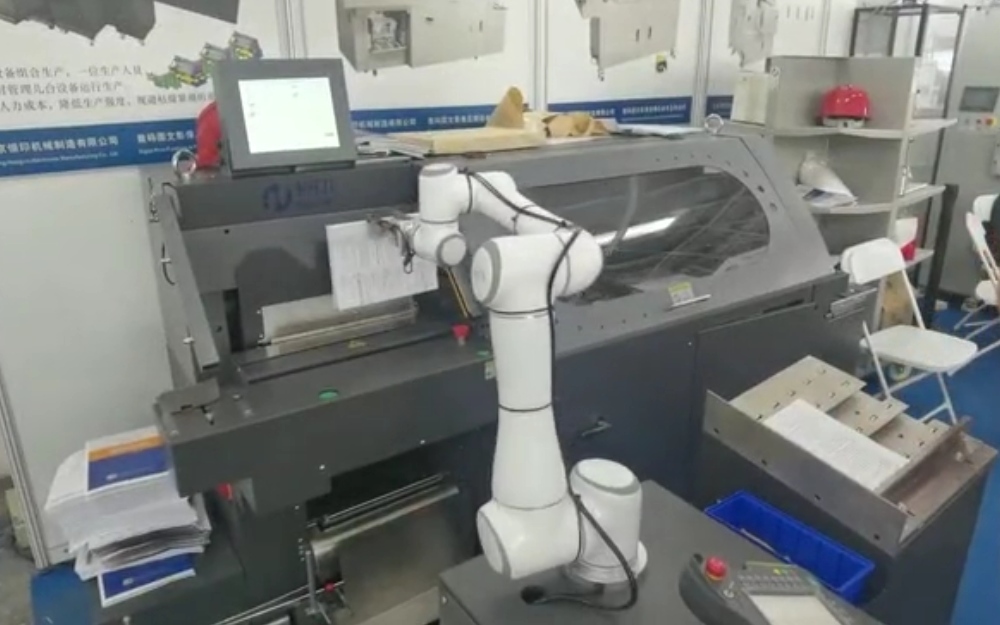ELITE ROBOTS with further funding - open questions
Elite Robot, the Chinese provider of low-cost but apparently quite capable cobots, has closed a new round of financing. The company reports that it has now raised US$27 million and a total of US$47 million. This is somewhat at odds with a previous company announcement from 26 April 2021, when it announced raising US$31 million about four months ago. As is well known, 31 + 27 equals 58, but now a total of 47 million US dollars is mentioned. No matter, perhaps a previous investor has jumped ship again.
It seems more interesting to answer other questions: Why do Chinese cobot start-ups achieve such high levels of financing, but hardly any Western start-ups? Previously, Agile Robots and Neura Robotics (both based in Germany, but Chinese-majority owned) as well as the Chinese-dominated US start-up Rizon reported financing in the rough 3-digit million range. In Germany, Franka came to 50 million euros, but was valued much higher. But all the numerous other cobot start-ups reported at best smaller double-digit million euro investments. This should also apply to RobCo.
There is nevertheless one difference between the approach of the Chinese and non-Chinese start-ups: the Chinese companies have to finance the establishment of a manufacturing facility in addition to entering the market. This is also true for the lower financed Yuanda. These companies have chosen to add more value. This issue may be about the VDMA's accusation that China subsidises its companies too generously(link). Franka and the Robot Co are known to have manufacturing done at TQ. Elite Robot also buys fewer components and uses a lot of its own developments.
On the other hand, the lower-financed companies are not under such pressure to succeed as the extensively financed companies. Their fixed cost block is smaller. Moreover, the question remains as to how much success they want. This is because Chinese as well as Asian investors have much higher return expectations than Western investors. Most of the world's billionaires live in China today. They have built up their wealth in 1-2 decades, which means that they - like other wealthy people in Asia - are used to very different rates of return than we are. Against this background, 200 million US $ for 50 million invested seem to me to be far too small a return. However, if we assume this US$ 200 million and a medium-term net profit of $2,000 per cobot, we would have to sell an impressive 100,000 cobots. Universal Robots - still operating at a loss - has sold far fewer since it began. The market will definitely grow, but so will the competition.



